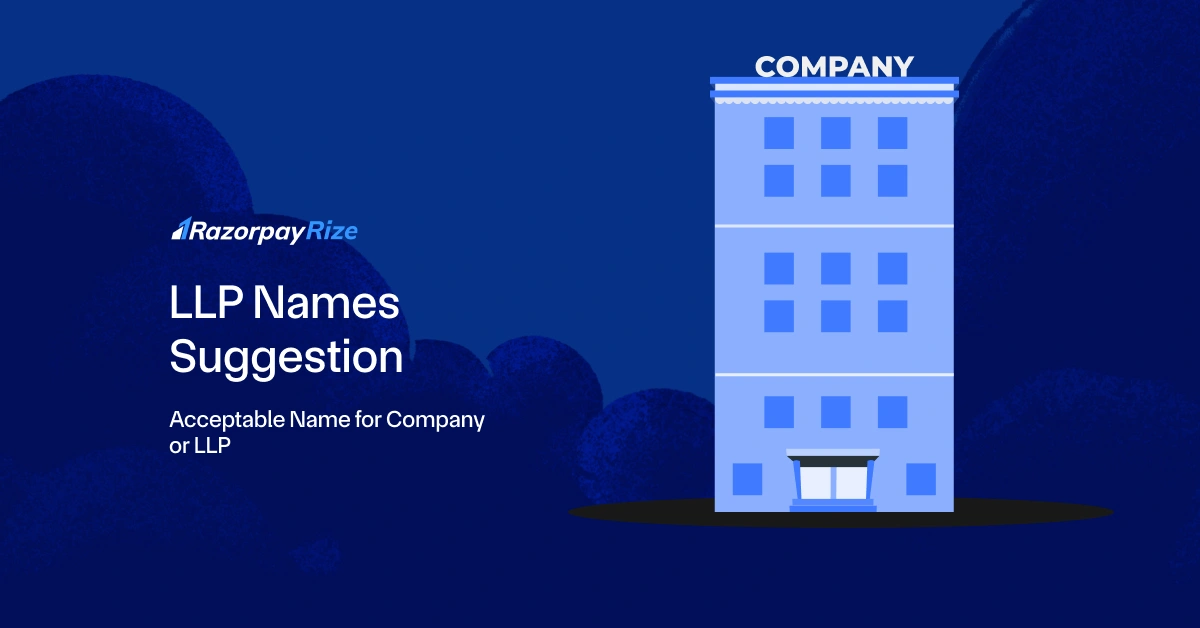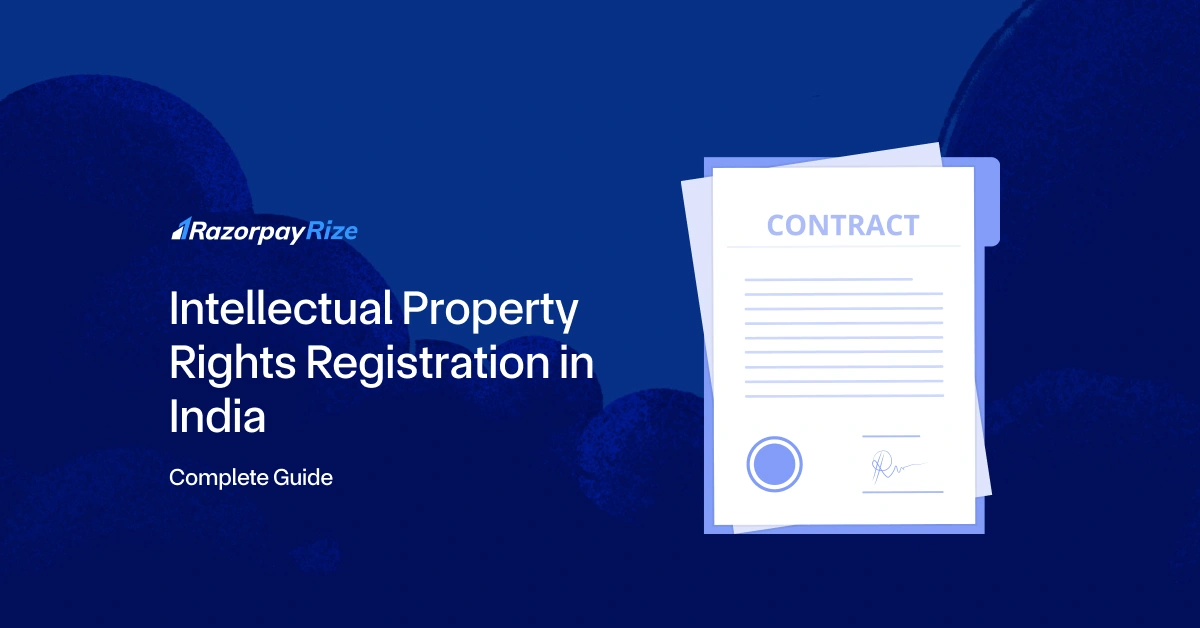If you’ve ever faced a situation where a client expected “unlimited” support or a project timeline kept stretching endlessly, that’s precisely where an SLA saves the day. A Service Level Agreement (SLA) is a legal contract between a service provider and a customer, outlining the scope of services, performance metrics, responsibilities, and penalties for non-compliance.
It’s essentially the backbone of accountability in service-based relationships, especially in the technology, SaaS, and outsourcing sectors. In this blog, we’ll break down what a Service Level Agreement really means, its types, key clauses, and why having one early on can help startups build stronger, more transparent, and scalable client relationships.
Table of Contents
Understanding Service Level Agreements (SLAs)
A Service Level Agreement (SLA) is a formal contract that defines the services to be provided, the performance standards expected, and the consequences of failing to meet them. It sets out the scope of work, payment terms, response times, security protocols, and uptime guarantees, depending on the nature of the service.
The main goal of an SLA is to manage customer expectations and ensure both parties understand what is being delivered, when, and at what quality level. For startups, an SLA functions as a roadmap for accountability, protecting them from scope creep and helping maintain strong, transparent customer relationships.
What Are the Types of Service Level Agreements (SLAs)?
SLAs can vary depending on the relationship between the parties and the nature of services. Generally, there are three main types of SLAs:
1. External SLA
This type of SLA is between a service provider and an external customer. It defines what the customer can expect, such as service quality, uptime, or support response time. These are common in outsourcing, SaaS, and IT services.
2. Internal SLA
An Internal SLA is used within an organisation, typically between departments or teams. For example, the IT department may commit to resolving employee issues within specific timeframes. Internal SLAs improve efficiency and accountability across functions.
3. Multi-Level SLA
A Multi-Level SLA covers different service levels within one agreement—often used by large organisations or SaaS providers serving multiple clients or departments. It ensures consistency across various service levels and user groups.
The Importance of an SLA for Startups
For startups, drafting an SLA early in the business journey is not just a formality—it’s a strategic necessity. Here’s why:
- Builds Customer Trust: A well-documented SLA shows clients that your startup takes accountability seriously and values professionalism.
- Sets Clear Expectations: It defines what services will (and won’t) be provided, minimising confusion.
- Protects from Unrealistic Demands: Startups often face pressure to over-deliver; an SLA safeguards them from scope creep and ensures balanced commitments.
- Enables Scalability: With clear service terms, startups can onboard new clients smoothly and maintain consistent delivery standards.
- Provides Competitive Advantage: Many early-stage startups lose deals due to vague terms- an SLA signals maturity and reliability.
- Encourages Transparency and Accountability: It keeps both parties aligned and strengthens long-term relationships.
Simply put, an SLA acts as a safety net and a success tool, protecting both the startup and its clients from misunderstandings.
Key Clauses of a Service Level Agreement
A strong SLA must be comprehensive yet clear, covering all key aspects of the service relationship. Below are the essential clauses every SLA should include:
- Parties Involved: Legal details of both the service provider and the client.
- Scope of Services: Description of services provided, deliverables, and boundaries.
- Term and Termination: Duration of the agreement, renewal terms, and termination conditions.
- Performance Evaluation Metrics: KPIs such as uptime, response time, and issue resolution timelines.
- Roles and Responsibilities: Clear division of duties between both parties.
- Indemnification Clause: Protection against losses caused by breach or negligence.
- Non-Compete and Confidentiality: Ensures sensitive business information remains protected.
- Penalties and Remedies: Defines actions if service levels are not met.
- Dispute Resolution: Outlines how disagreements will be resolved (e.g., arbitration, mediation).
These clauses ensure that the SLA is legally enforceable, operationally clear, and mutually beneficial.
Strategies for Managing Customer Expectations Around SLA Performance
Startups can use the following strategies to stay ahead:
- Set Realistic Commitments: Avoid overpromising; define achievable metrics.
- Communicate Transparently: Keep customers informed about progress, delays, or maintenance activities.
- Educate Customers: Ensure they understand what the SLA covers and what it doesn’t.
- Monitor Performance Proactively: Use tracking tools to measure SLA compliance in real-time.
- Regular Reporting: Share periodic performance reports to demonstrate accountability.
- Encourage Feedback: Invite customer input to improve service delivery.
- Stay Flexible: Adapt SLAs over time as business needs and client expectations evolve.
Benefits of SLAs for Startups and Businesses
Implementing SLAs brings a wide range of advantages for both startups and established businesses:
- Clarity in Service Expectations: Everyone knows what’s expected and when.
- Improved Risk Management: Reduces the chances of disputes and misunderstandings.
- Enhanced Accountability: Encourages teams to meet performance targets consistently.
- Operational Efficiency: Clearly defined processes streamline workflow.
- Customer Satisfaction: Transparent communication and measurable performance foster trust.
- Legal Protection: In case of non-performance, both parties have a documented reference point.
- Scalable Growth: SLAs provide a repeatable framework for future client relationships.
Frequently Asked Questions (FAQs)
Private Limited Company
(Pvt. Ltd.)
- Service-based businesses
- Businesses looking to issue shares
- Businesses seeking investment through equity-based funding
Limited Liability Partnership
(LLP)
- Professional services
- Firms seeking any capital contribution from Partners
- Firms sharing resources with limited liability
One Person Company
(OPC)
- Freelancers, Small-scale businesses
- Businesses looking for minimal compliance
- Businesses looking for single-ownership
Private Limited Company
(Pvt. Ltd.)
- Service-based businesses
- Businesses looking to issue shares
- Businesses seeking investment through equity-based funding
One Person Company
(OPC)
- Freelancers, Small-scale businesses
- Businesses looking for minimal compliance
- Businesses looking for single-ownership
Private Limited Company
(Pvt. Ltd.)
- Service-based businesses
- Businesses looking to issue shares
- Businesses seeking investment through equity-based funding
Limited Liability Partnership
(LLP)
- Professional services
- Firms seeking any capital contribution from Partners
- Firms sharing resources with limited liability
Frequently Asked Questions
Does an SLA require revisions?
Yes, absolutely. As your startup grows, your services, tools, and customer expectations evolve, and your SLA should too. Regularly reviewing and updating your SLA ensures it stays relevant to new business goals, technologies, and client needs.
What is SLA vs. KPI?
An SLA (Service Level Agreement) defines what level of service a provider promises to deliver- for example, “99.9% uptime” or “response within 2 hours.”
A KPI (Key Performance Indicator), on the other hand, measures how well that promise is being met, such as “average response time” or “customer satisfaction score.”
Can I draft an SLA on my own?
Yes, you can draft a basic SLA yourself, especially using templates available online. However, it’s best to get it reviewed by a legal professional to ensure it covers all key clauses like liability, data protection, and termination terms.
Is it necessary to review an SLA before signing it?
Always read and understand every clause before signing an SLA, whether you’re the service provider or the client. Pay special attention to performance metrics, penalties, payment terms, and exit clauses.
What is an example of a Service Level Agreement?
Here’s a simple example: A SaaS startup promises its customers 99.9% uptime per month for their cloud service. If uptime falls below that threshold, the customer receives a service credit or a discount on the next billing cycle.
This agreement clearly defines the service expectation, measurement criteria, and consequences, which makes it a classic SLA.







.webp)








